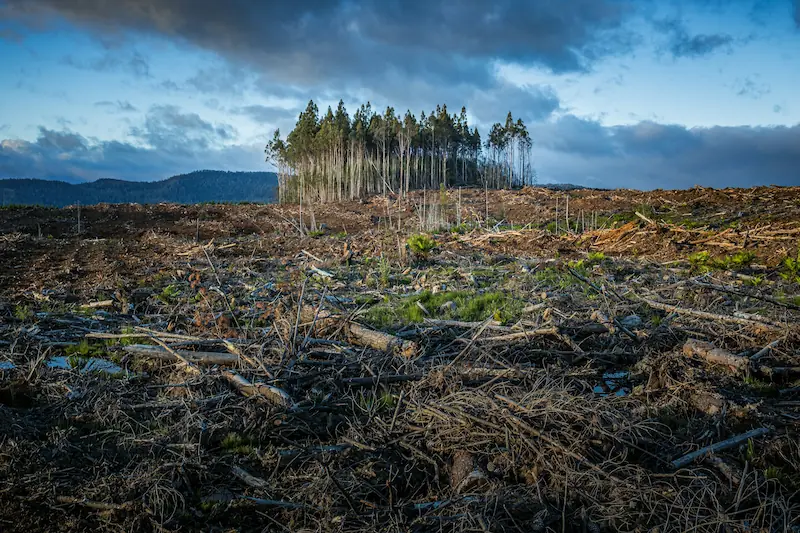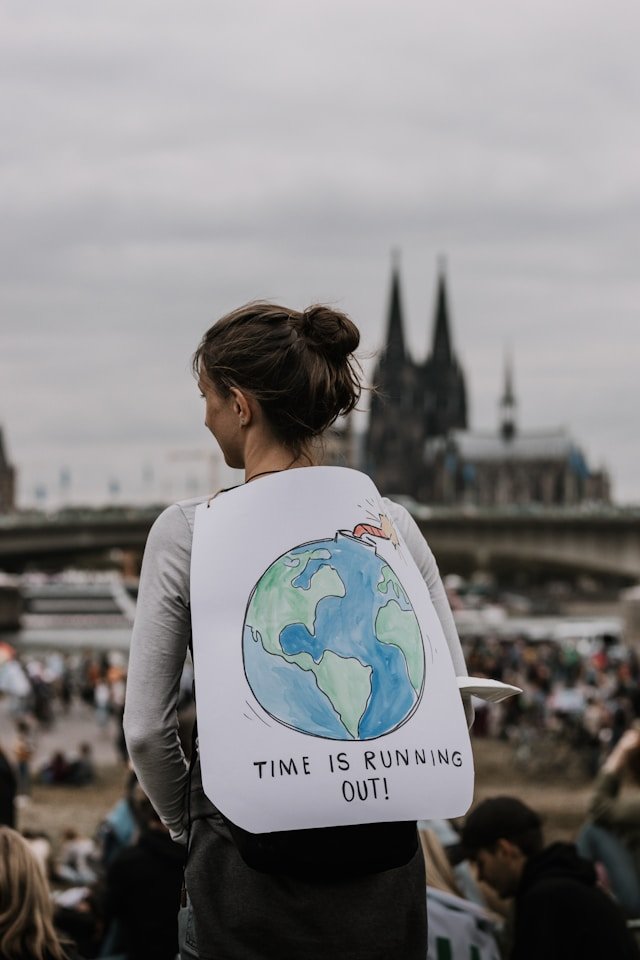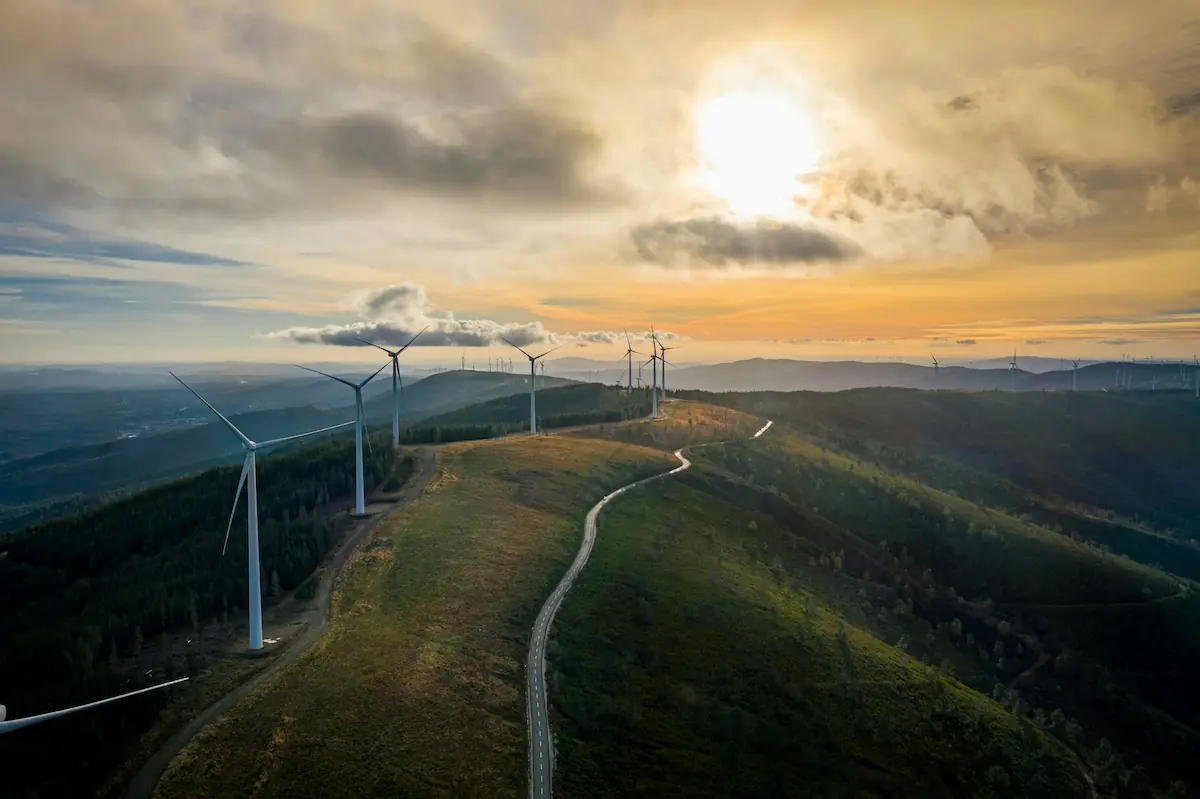We are now seeing the impacts of Climate Change and its effects play out in real time. Even the most committed climate change deniers would be hard-pressed to ignore what is happening.
And we need to accept that humans haven’t helped things – we are either the prime cause, or at the very least, we are accelerating the problems. Our addiction to fossil fuels and their carbon-producing emissions is having a devastating effect on our climate.
In an attempt to halt and reverse the effects of climate change, nearly all nations have adopted the target of achieving ‘Net-Zero’ carbon emissions. But what does that even mean? What are things like ‘carbon credits’, and how do they even work?
Does this mean we are going to totally stop producing carbon pollution? Nope.
Unfortunately, ‘Net-Zero’ is one of those cunning terms that allows you to hide all sorts of sins. It gives the appearance that you are heading in the right direction when you are really sweeping everything under the carpet.
Let me explain…
What Are We Trying to Fix?
The underlying premise here is that humans are the prime cause of Climate Change. At the very least, we have accelerated it and will continue to do so unless we do something about it. And by that, I mean attack the root cause – fossil fuels and carbon emissions.
The scientific community will tell us that since the industrial revolution, we have been pumping carbon into the atmosphere as part of burning fossil fuels – think gas, oil, and particularly coal.
While fossil fuels have been one of the biggest reasons for our amazing increase in living standards, they have also had a massively detrimental effect on our climate. The more we use them, the worse things get.
And we aren’t showing any signs of slowing down any time soon.
The Problem with Fossil Fuels
The use and burning of fossil fuels for energy production releases carbon dioxide (CO2) into the atmosphere. Unfortunately, CO2 has a detrimental effect by trapping more heat and causing the Earth’s surface temperature to rise.

The consequences of increased CO2 and global warming are highly destructive, including things like:
- Rising global temperatures, making parts of the world uninhabitable.
- Melting glaciers and ice sheets, leading to rising water levels and the loss of habitable land.
- Extreme weather events, heatwaves, drought, floods etc – which we are already seeing.
- Ocean acidification, the oceans absorb more CO2 increasing acid levels and becoming toxic to marine life.
- Food scarcity, impacting agriculture development leading to massive food shortages.
The results, of course, if left unchecked, are devastating. Millions of people are likely to lose their homes and become displaced as water levels or extreme heat make living impossible.
Food shortages and a general decline in health standards will impact most nations, particularly the more vulnerable. This only increases the social inequities around the world.
How Do We Turn Things Around?
We need to stop using fossil fuels – as simple as that. We need to reduce the amount of carbon pollution to zero, nada, zilch, nothing!
However, simply stopping does not fix the problem, as there is the ongoing impact of all the carbon dioxide already in the atmosphere. It will take a long time for this to go away, and for Mother Nature to heal itself.
The longer we take to put things right, the longer it will take to fix. Every year that goes past, where we are allowed to continue increasing CO2 emissions, drives us closer to a tipping point.
It’s like being told the wheels of your car are about to fall off and yet we hit the accelerator rather than the brake!
So really we need to reduce carbon emissions to ZERO. Not close to zero, not we tried and almost made it. But absolute zero!
But the term people are using is “net-zero”. Not “Zero”, but “Net-Zero”. Sounds close doesn’t it?
Unfortunately, they are not the same as a few of my friends misunderstood.
What is Net Zero?
According to the United Nations;
“‘net zero’ means cutting carbon emissions to a small amount of residual emissions that can be absorbed and durably stored by nature and other carbon dioxide removal measures, leaving zero in the atmosphere.”
The Climate Council of Australia says
“‘Net zero emissions’ refers to achieving an overall balance between greenhouse gas emissions produced and greenhouse gas emissions taken out of the atmosphere. Think of it like a set of scales: producing greenhouse gas emissions tips the scales, and we want to get those scales back into balance, which means no more greenhouse gas can be added to the atmosphere in any given year than is taken out.”
So the ‘Net’ part of the equation becomes super important. ‘Net’ means we don’t have to remove carbon emissions completely, as long as we can offset it with something that balances it out. This may be something that would ‘extract’ carbon from the climate – like planting more trees.
But really, the term ‘net’ allows governments and industries to hide a bunch of climate sins, and only pretend to be heading in the right direction.
Think of it like ‘cheating’, but with our future…
Australia met some of the early ‘targets’ set by the Howard government just by simply promising not to cut down any more trees in a particular region! The funny thing is there was never a plan to cut down these trees anyway.
So without doing anything and certainly without slowing carbon emissions, we met our first targets – Yay!

What are Carbon Credits?
It is now accepted that it will be impossible for all countries to completely remove carbon emissions. To allow for this, a neat solution has been created called ‘carbon credits’.
This is where an industry, or country, extracts more carbon from the atmosphere than it adds. So you could say they have a ‘surplus’ of non-carbon. These can be turned into ‘carbon credits’ that can then be sold or traded to other groups.
There is a very real industry for planting trees, purely for the carbon credits. These are then on-sold to companies that have no chance of removing all carbon emissions from their business. The manufacturing industry is a great example where carbon credits are used to offset the carbon emissions they create as part of the manufacturing process.
But there is a double-edged sword with these, which is part of the ‘shell game’ many companies are now playing with their net-zero claims.
What is the Paris Agreement?
Ok, so now we know what net-zero is, what are we meant to be doing with it? We can’t stop carbon emissions today, tomorrow or any time soon. So just what are we trying to achieve?
In 2016, 195 members of the United Nations reached an agreement to keep the rise in global surface temperatures to less than 2 degrees above pre-industrial levels. This is now known as the Paris Agreement, or Paris Climate Accords, and is an international treaty covering climate change and mitigation.
It also states that the ‘preferred’ goal is actually 1.5 degrees, but like most ‘stretch’ goals that have nothing attached to them, it appears to be ignored.
It has been largely left up to each member country to decide on the ‘how’, and what their individual targets are. But the overall focus is to reach net-zero carbon emissions by mid-this century.
Many western nations have set the target to achieve Net Zero by 2050. However, China has pushed this out to 2060, and India even further to 2070. So were are not all playing by the same rules.
So now, in the year 2025, carbon emissions are still increasing at a considerable rate. This means that we will not only turn around our emissions, but drop them to zero in less than 25 years.
What Emissions Targets Have Australia Set?
None of this is any use unless we set ourselves solid targets – you know, things that can be measured to make certain we are all on track.
Australia has, of course, signed up to the Paris Agreement and set the first goal of achieving net-zero by 2050. It is fair to say that there remain a number of groups that were dragged kicking and screaming to agree to this goal (I’m looking at you, Liberals).
To make sure that we are ‘on track’, we have set targets to hit along the way. The first one is that by 2030 in Australia, we will have decreased our carbon emissions by 43% against the 2005 amount produced (yeah, that’s not confusing at all!).
This is where my cynicism kicks in. For this goal to make sense, you need to know and lock in what the 2005 emissions actually were. Should be easy, right? Wrong!
Is Someone Fudging the Figures?
Even on government websites, the total emissions for 2005 vary by huge amounts. Depending on which one you use, we have managed to reduce our emissions by either 2% or 35%. How crazy is that?!

Now, I’m not saying anyone is cheating here (much!), but it is really sus how the starting figure for the 2005 emissions has changed upwards in recent times. This, of course, makes it look like we are on track when we may be miles behind.
It is a little pointless if we play politics and cheat ourselves on how we are really tracking against our goals. But that is what appears to be happening.
Then there are those groups who feel that these targets are not enough, with the Climate Council of Australia suggesting a 75% reduction by 2030 is required. However, I simply can’t see how this would even be close to possible.
Where’s the Plan?
Oh, and of course, if this is so important, you would think there would be a plan we can all refer to. But nope, there is NO plan yet as to how we will achieve net-zero. I kid you not!
There are lots of words saying what the plan will cover, but no actual plan. Not even a timeline to produce it!
And without a plan are we heading for an energy crisis, as we get left stuck half way between the rush to renewables and the existing aging energy grid.
The biggest issue in the last and current federal elections is climate change. We voted in a Labour government, believing they would take it more seriously than previous governments. But even after three years in power, there is still no plan of what needs to be done.
Sort of feels like all governments are simply gaslighting us (pun intended!).
Will Net-Zero stop Carbon Emissions, or simply hide our inevitable Climate failings
The Problem with Net-Zero Targets
When it comes to addressing climate change issues, there is a very clear intent that everyone is expected to follow. First and foremost, the goal of every individual, business, industry, and nation is to totally remove the carbon emission footprint.
The objective is that we are to do everything we can to turn off those things that result in carbon emissions. We are meant to get as close as possible to ‘true zero’ emissions.
Once we have done this, and only then, can we look to mop up the remaining carbon emissions with carbon offsets and credits (planting more trees etc).
This makes sense. Work hard (and it will be really hard) to remove all emissions, knowing that there will be some areas that simply can’t be helped. Then we make sure we have planted additional trees, etc., to cover them off.
But in reality, net-zero has become a ‘shell game’ – you know where you place the bean (or in this case the carbon) under one of three shells, and shuffle the shells until it is magically lost.
It hasn’t really gone away, we just fudged the figures to make it look that way.
Many large polluting industries haven’t even tried to remove their carbon footprint at all. They have simply reached straight for the carbon credits. Buying carbon credits is far cheaper than trying to remove carbon emissions from their production lines.
Unfortunately, many of these sources of ‘carbon credits’ are dodgy at best. They are schemes run by overseas companies where the validation of the credits are extremely loose.
So again, we are making claims on our progress without real hard evidence. True zero is easy to measure. Net-Zero leaves lots of wiggle room to fudge the figures – and that is exactly what is happening.
Will We Achieve Net-Zero?
The short answer is, NOPE! In fact, I cover why I think we should drop our focus on Net-Zero here. But that’s just my opinion, and one that I really hope to be proven wrong.
Let’s just say that I am super sceptical that our government is really doing everything to achieve these targets. So I am really struggling to see how we will get anywhere near net-zero by 2050.
And given that we are already tipping over the 1.5-degree target, likewise I just can’t see us keeping global warming under 2 degrees.
I do hold some hope that as humans we tend to do our best work when our backs are to the wall. With climate change, we just haven’t experienced enough pain yet.
But when we do, I hope that we will figure out something ingenious that currently doesn’t exist – that will make all the difference just in time.
Until then, strap in and hang on! I think we are in for a very rough ride in years to come, when Mother Nature comes home to teach us bad children a severe lesson.
Until next time…




Leave a Reply